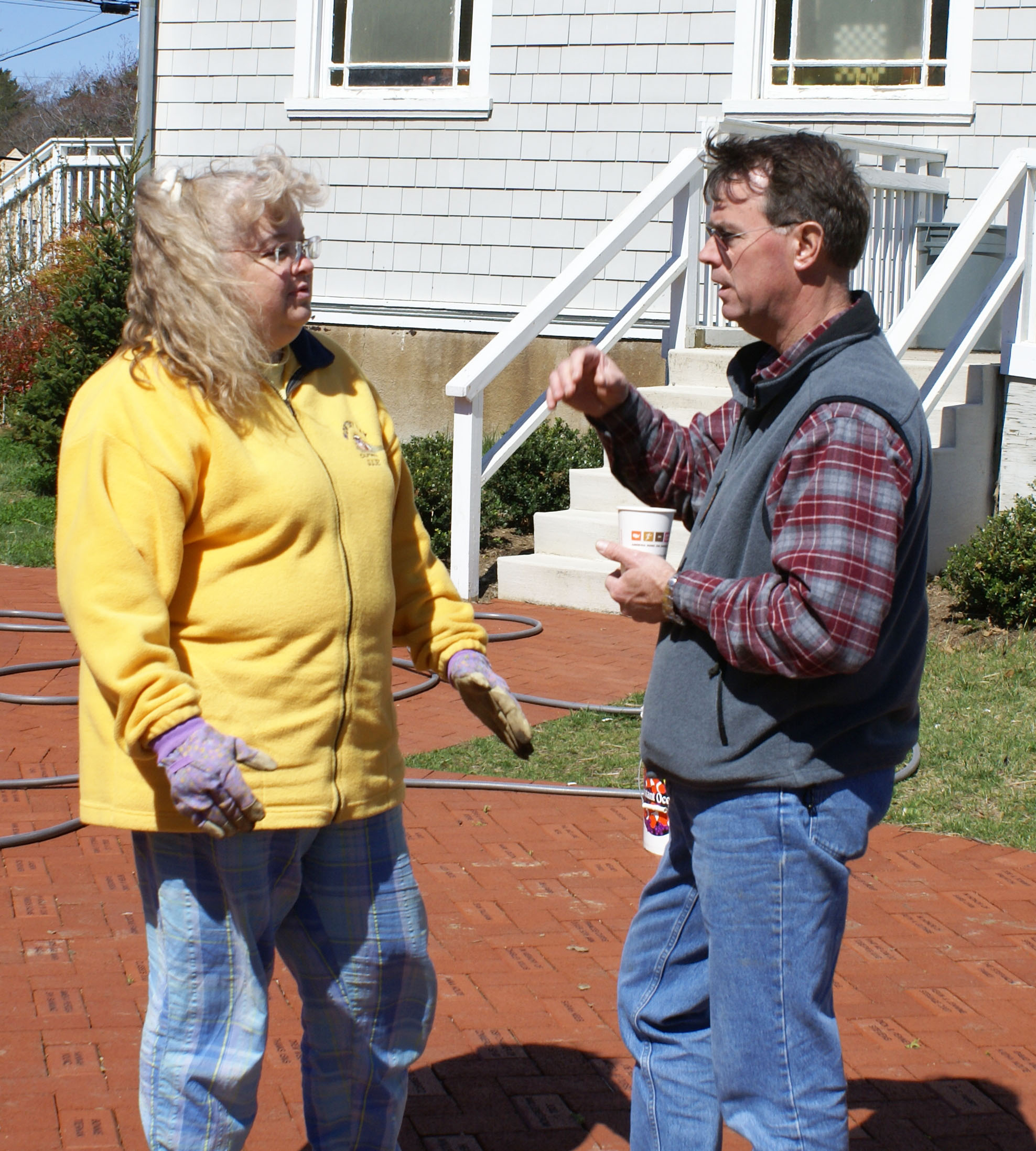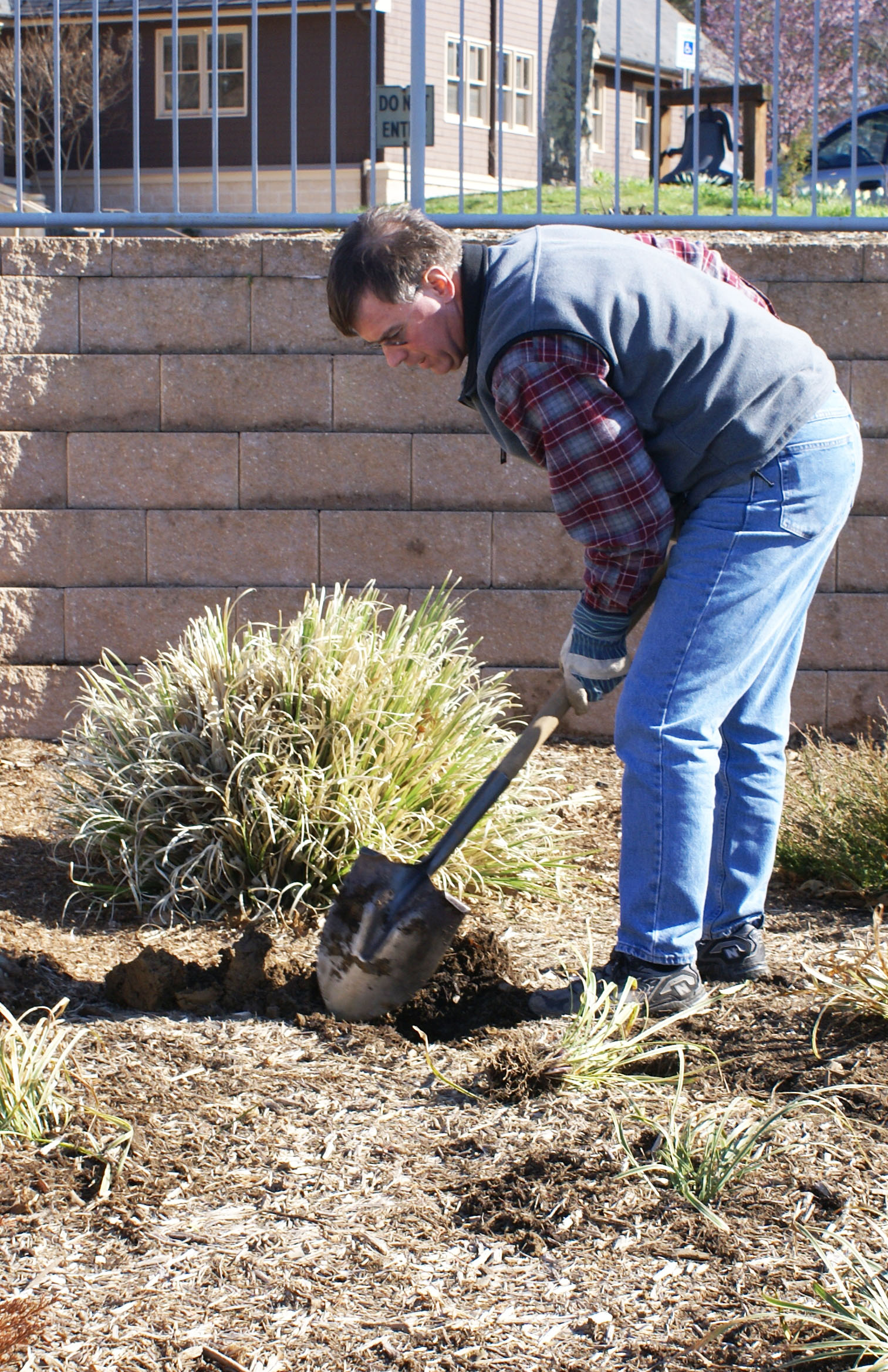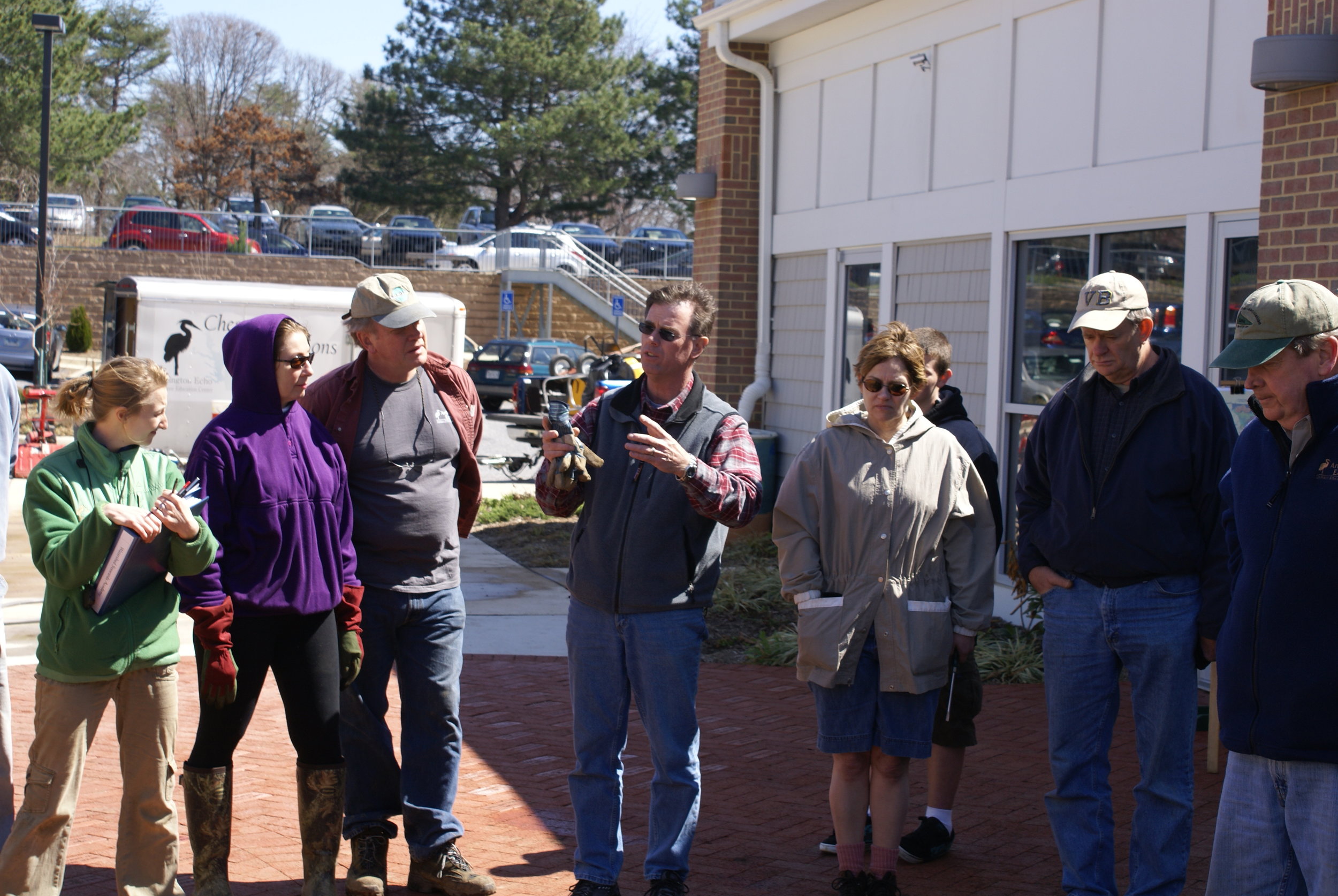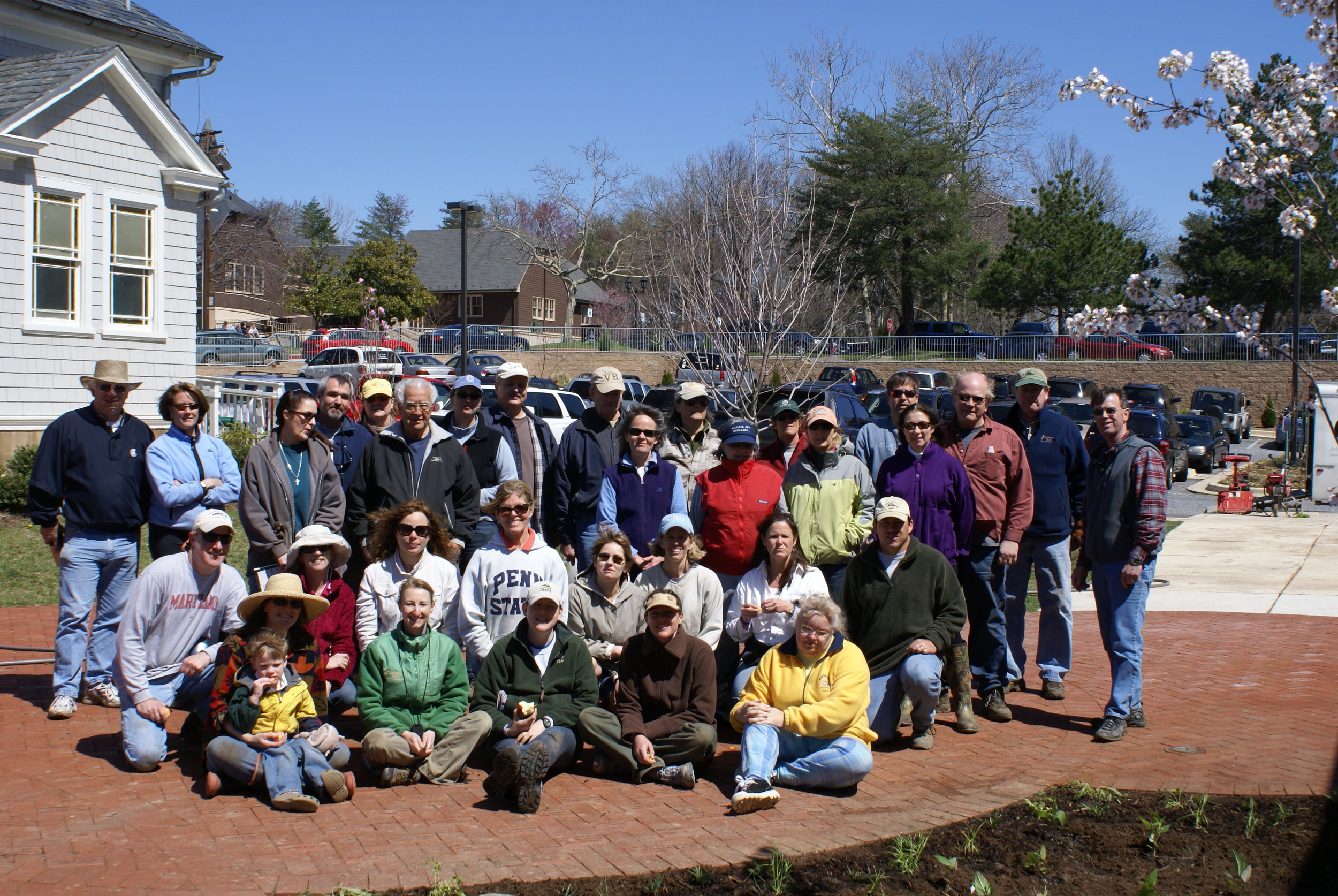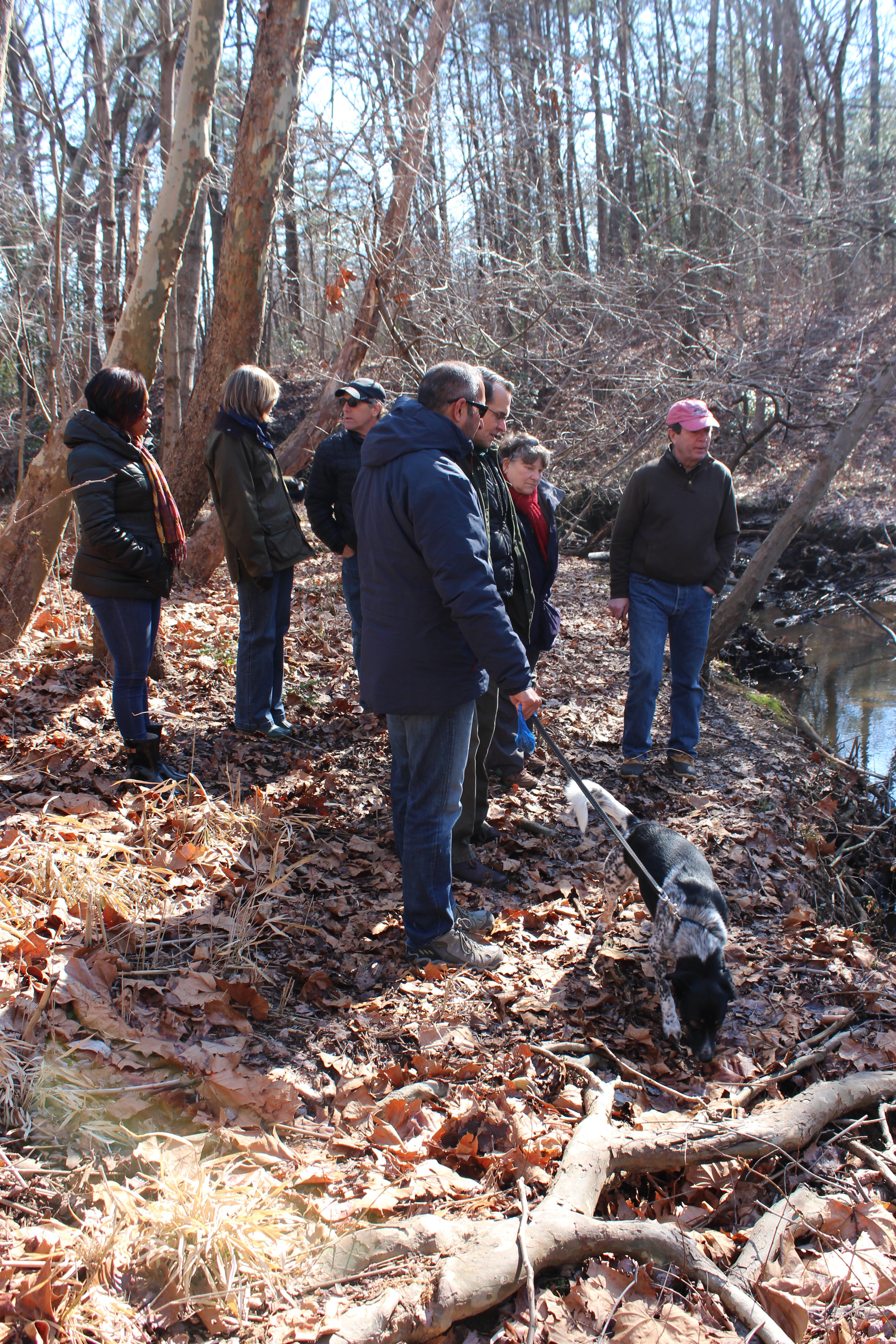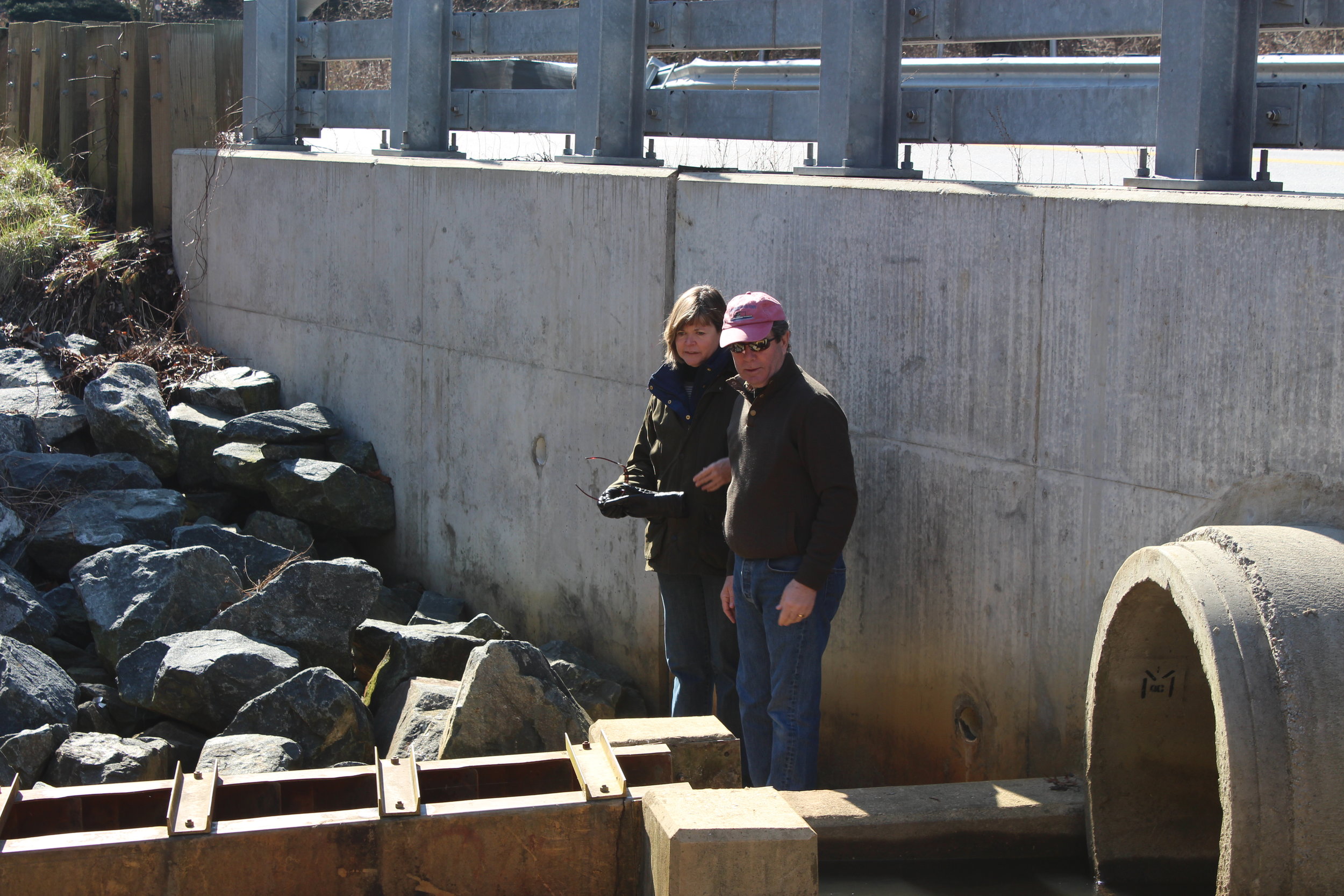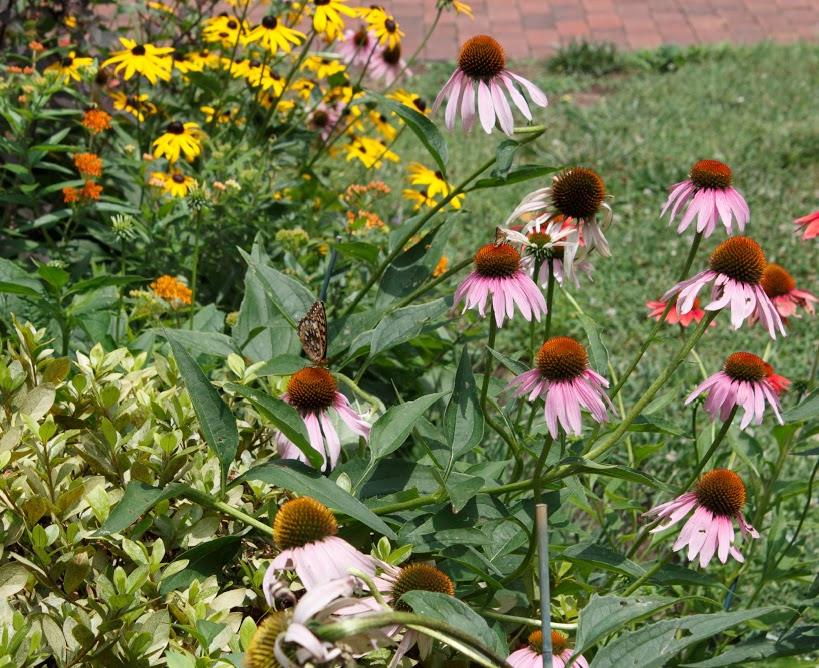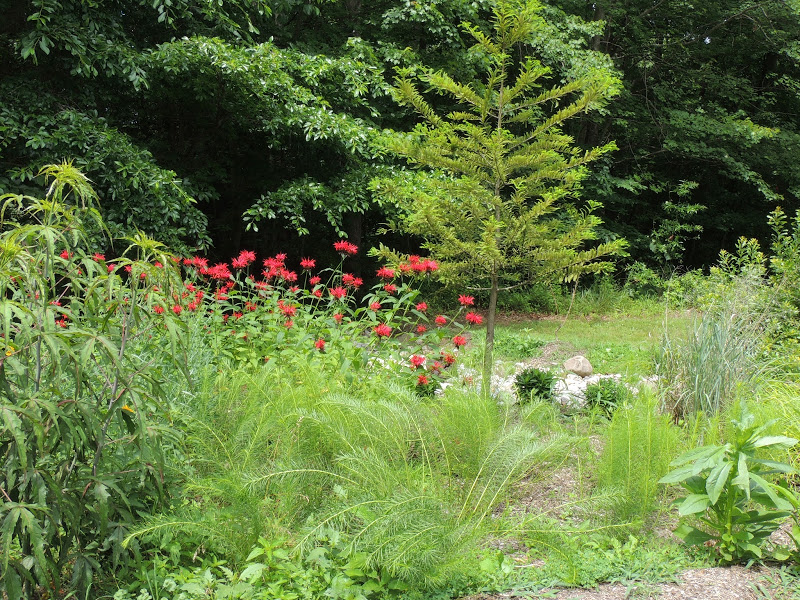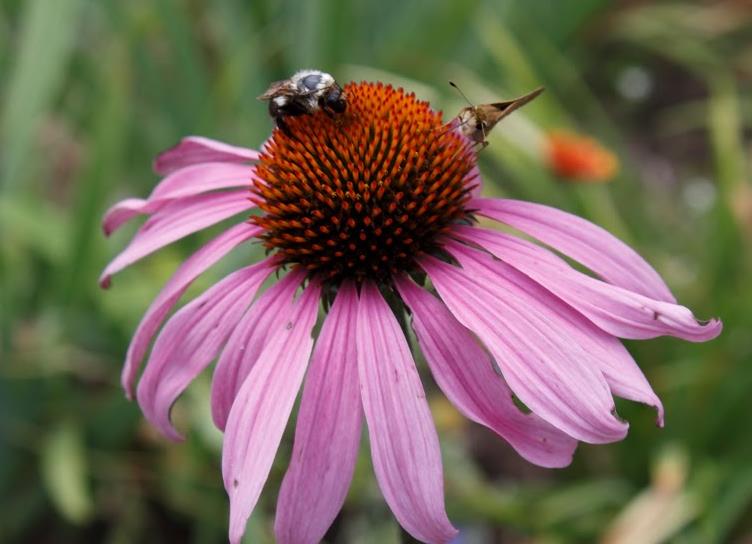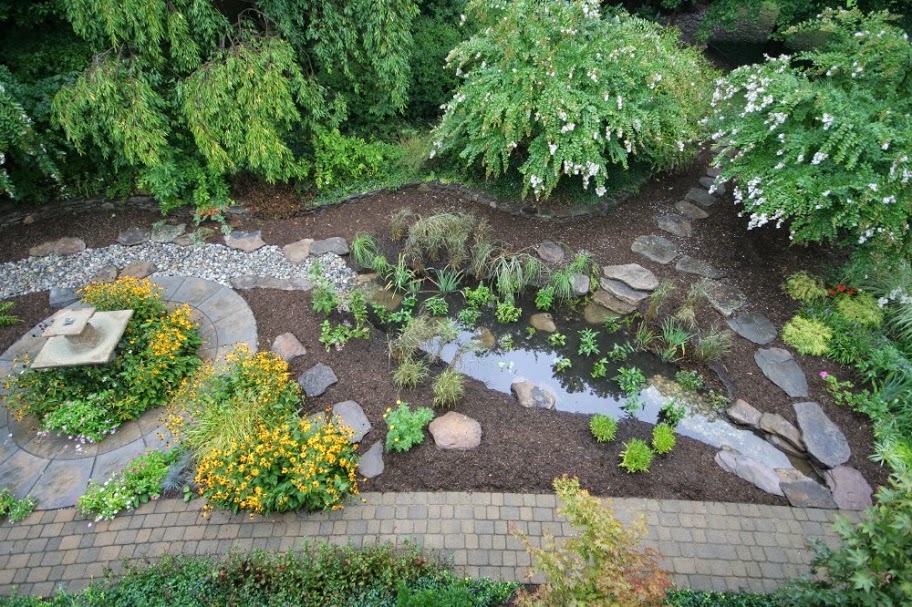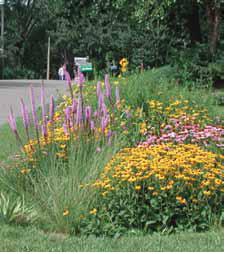Many of you have heard by now that our county has lost a great visionary leader. Ron Bowen, former Anne Arundel County Director of Public Works and co-founder of the Watershed Stewards Academy, passed away Sunday evening after a long illness.
When I first met Ron in 2005, I had no idea that he would change my life…and yours. The message below is a first attempt to share with the WSA family a bit about this amazing man, and the legacy he leaves for all of us. I know that many of you have your own memories of Ron and I invite you to share those thoughts and memories with all of us through our Facebook page and/or through direct correspondence with his family, through his wife Linda. Ron’s full obituary can be found here.
Yesterday, I met with Stephen Barry and Ginger Ellis, the other two WSA founders, to remember Ron. Together, the four of us spent hundreds of hours dreaming up the Watershed Stewards Academy and through that process really got to know a lot about each other. As we talked about Ron this week, three ideas surfaced over and over again about this man’s incredible legacy.
First VISION. Before WIPs and TMDLs were part of our lexicon, Ron was laser focused on clean water. Before other Public Works Directors understood stormwater pollution as their problem, Ron was busy leading a thorough assessment of watershed conditions and laying the foundation for what is now the Watershed Protection and Restoration Program. He invested in outside the box solutions and championed Coastal Plain Outfalls and Regenerative Stormwater Conveyances. He recognized that government could not solve this problem alone, and co-created the Watershed Stewards Academy to connect everyone who “lives, works and plays” in Anne Arundel County to be part of the solution. His focus was on engaging communities through local leadership.
Second, “Not my Job” was not in his vocabulary. As the Director of Public Works, Ron had a wide range of responsibilities…utilities, roads, waste water, but he was never too busy to help a resident with a problem. He spent countless evenings walking communities, looking at problems and finding solutions. He embodied “public servant” in a very literal sense. Although Ron had risen to a high-ranking position with many responsibilities, he never made you feel as if his time was more important than yours, or that your issues were less significant. His example of public service trickled down to those who worked under him, and his staff rose to meet his standard of excellence.
Last, he believed strongly in Communication, Coordination and Collaboration. He worked hard to break down the silos and barriers between government departments and to create systems that connected government with citizens, organizations and businesses. During the creation of the Watershed Stewards Academy, Ron was insistent on a model that fostered an ongoing dialogue and collaborative spirit between government and citizens.
For those who do not know it, below is the story of how WSA was started. I have Ron to thank for bringing this amazing organization and each of you into my life. We all have Ron to thank for the pathway to clean water that he paved, and that we are now following together.
Please join is in remembering Ron and in continuing his legacy of passion for the environment and making clean water a reality.
Suzanne
Watershed Stewards Academy
In 2003, Arlington Echo began to partner with the Anne Arundel County Department of Public Works to install ecosystem restoration projects to address stormwater issues. These innovative solutions represented a paradigm shift away from “collect and convey” toward mimicking nature to clean, cool and infiltrate stormwater. As school children and their parents toured these sites, planted native plants and learned about stormwater, they began to understand their role in Bay restoration. Communities began to ask what more they could do to help restore their creek, river or the Bay. As Arlington Echo and DPW began to work with these communities, they quickly understood that they were outnumbered by people wanting to take action. Each of these communities needed someone to work with them, but there were not enough staff resources at either Arlington Echo or DPW to capitalize on all of the enthusiasm.
In 2005, Ron Bowen and Ginger Ellis of DPW began meeting with Stephen Barry and Suzanne Etgen of Arlington Echo to brainstorm ways to turn this growing awareness into action. Over the next 3 years, and hundreds of hours, the Watershed Stewards Academy concept was born. After pitching the idea to David O’Neil (then of CBT) and Verna Harrison (then of Keith Campbell Foundation), we secured three years of funding for program development. Soon Carrie Decker of DNR approached us about funding WSA with a small pot of NOAA Coastal Communities funding. In December 2008, an Arlingtion Echo staff person, Suzanne Etgen, was dedicated to this work. With grant funding funding in hand, support from the County and the Board of Education, and a dedicated director, WSA was born.
In December 2008, about 40 partners – consisting of RiverKeepers, landscape architects, local government leaders and environmental activists - were engaged to assist in the formation of the key components of the program: Certification Curriculum, Tool Box for Sustaining Action and Consortium of Support Professionals. In March 2009, WSA began training our first class of 32 Master Watershed Stewards.
Since the spring of 2009, WSA has certified over 200 Master Watershed Stewards representing over 100 communities and 25 Houses of Worship from Brooklyn Park to Herring Bay. Together, this army of trained and equipped leaders have installed over 2300 projects from rain barrels to stream restoration and reached over 134,000 neighbors with environmental education and technical assistance.

![WSA 28[1].jpg](https://images.squarespace-cdn.com/content/v1/544916c3e4b09edc336b555e/1526048667032-9SH8CK74GA54WH7WMS8O/WSA+28%5B1%5D.jpg)
